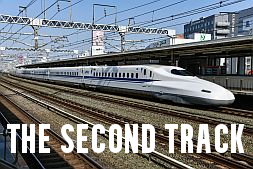Plenty of space for cubesats

New Curtin University research could change how space missions are conducted and lead to improvements in industries as diverse as environmental management, agriculture, disaster management and infrastructure inspection.
With funding from the Australian Research Council, a team from Curtin’s School of Earth and Planetary Sciences has developed a breakthrough in operating and monitoring small satellites, known as CubeSats.
The project saw new algorithms created to use links between satellites to precisely determine a CubeSat’s position, whether flying individually or in formation.
Project lead Professor Ahmed El-Mowafy said the new approach overcomes many of the constraints faced when using CubeSats, such as their small size and changes in aerodynamic forces affecting their orbits.
“These new methods mean CubeSats can now operate more independently, without the need for constant human control,” Professor El-Mowafy said.
“When human control is needed, the CubeSats are simpler to manage and can be guided and controlled in real time — making them far more efficient to use in space missions.
“We can now operate them and be precise down to a few centimetres which is a huge improvement on the previous accuracy level of several metres.”
Professor El-Mowafy said these improvements could help in efforts to manage climate change while also making industry more profitable.
“CubeSats have a wide variety of Earth and Space science applications from tracking land-use changes and pollution levels, to informing wildlife conservation efforts through habitat monitoring,” Professor El-Mowafy said.
In addition, farmers can use detailed crop monitoring data from CubeSats to make better-informed decisions about fertilizer use, water management and harvest planning.
“CubeSats can offer high-definition monitoring of bridges, pipelines and powerlines to improve asset management and prevent accidents, while also supporting responses to incidents and natural disasters with targeted imagery of affected areas,” Professor El-Mowafy said.
“The resources industry can use high-resolution mapping to identify deposits and plan extraction, reducing costs and increasing success rates.”
From everyday life to space exploration Professor El-Mowafy said the project’s innovations would be used increasingly.
“It also allows swarms of CubeSats to collaborate on large space missions, such as taking detailed Earth photos, which usually require a single, much larger and more expensive satellite.”
A full list of published research can be found at the project website.
Open Forum is a policy discussion website produced by Global Access Partners – Australia’s Institute for Active Policy. We welcome contributions and invite you to submit a blog to the editor and follow us on Twitter, Facebook, Linkedin and Mastadon.







